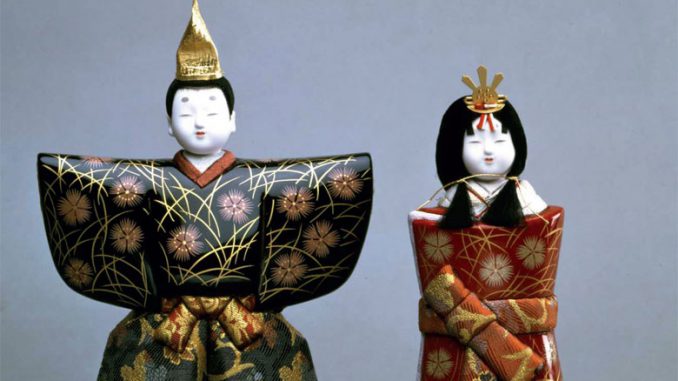
The Embassy of Japan is offering an exhibition under the theme “Japanese Dolls” to the general public in the capital until February 6, at the Embassy’s Cultural Hall in Rabat.
This exceptional exhibition is part of a collection of the Japan Foundation, revealing traditional dolls of different styles, through which visitors can learn about various cultural aspects of Japanese people. Knowing that these adorable dolls are created by the greatest master craftsmen in the world. Each of their works has its own history, representative of the culture and spirit of the Japanese people.
Thus, there is the Hina Doll of the girls’ festival representing the imperial couple, that of the boys’ festival representing samurai and legendary heroes, that of the traditional theater for the characters of the Kabuki theater or Bunraku puppets, among other dolls and figurines that tell some scenes of the traditional life of the Japanese. A whole art representative of an ancestral civilization. Historically speaking, already around the year 1000, there were several well-defined types of dolls. Some representing children and babies, others members of the imperial court, others warriors and heroes, others characters from fairy tales or Japanese mythology (but rarely demons), as well as simply Japanese people.
Many were originally made to be used in ceremonies at home, or as formal gifts, or for celebrations such as Hina Matsuri, Kodomo no Hi, or Tango no Sekku. Others were made to be sold as souvenirs from a temple visit. Thus, with this particularly rich diversity of its dolls, Japan has been able to preserve its ancestral manufacturing traditions until today.
The embassy states that “the origin of Japanese dolls is very old, since the first of them would have appeared in the Jomon period, about 3000 years before Christ. And it was during the Edo period (1603-1867) that dolls underwent an important diversification in forms, styles and roles. Indeed, the Edo period, a long period of political stability, allowed for the flourishing and refinement of the various traditional Japanese artistic and craft forms, especially dolls whose decorative aspect became more important than the belief, with the contribution of new materials and improved techniques”.
These Japanese dolls are generally made of wood, paper, cloth or terracotta, using various techniques to create a beauty of expression in a refined harmony rich in color.
This is what has allowed Japanese dolls to rise from their status as mere toys and to be considered as works of art.

Be the first to comment